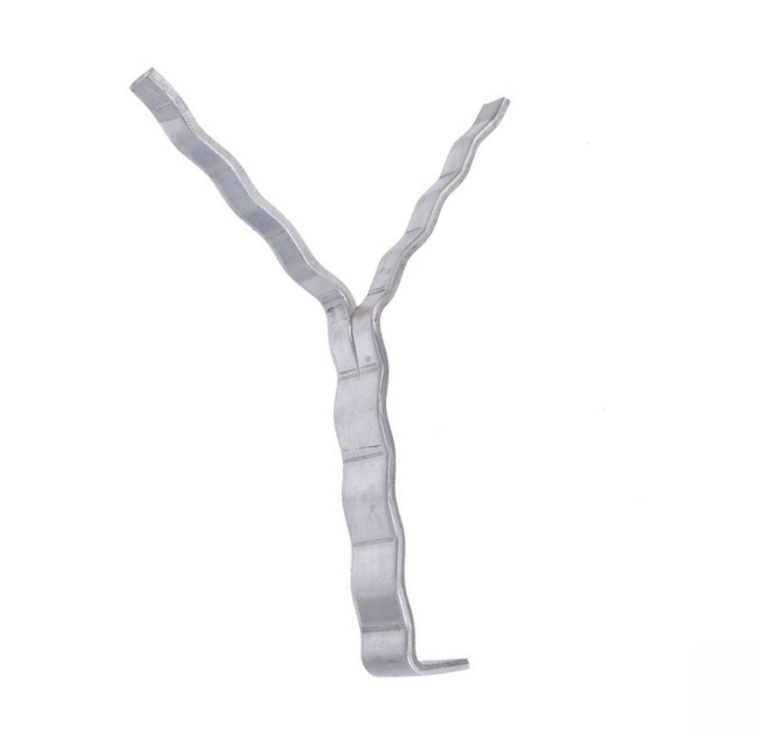What is a V-anchor? What is a Y-anchor? Do you know the difference?
2025-04-21
In the field of engineering and construction, connectors play a vital role. They are not only the supporting points of the structure, but also the key to ensure the overall stability and safety. Among the many connectors, V-anchors and Y-anchors have attracted much attention due to their unique design and wide application. So, what is a V-anchor? What is a Y-anchor? What are their respective characteristics and uses?
As the name suggests, the V-anchor has a V-shaped structure. This design enables the V-anchor to exert strong pull-out and shear force bearing capacity in connecting and fixing various materials. V-anchors are usually made of metal or other high-strength materials to ensure that they have sufficient strength and durability.
In the field of construction and engineering, V-anchors are widely used. They are widely used in bridges, buildings, tunnels and other projects to ensure the stability and safety of the structure. Especially in occasions where huge loads and complex stresses need to be borne, V-anchors are indispensable connection parts. Through its unique V-shaped design, the V-shaped anchor can effectively disperse stress and prevent the structure from being damaged due to excessive local stress.
In addition to its strong bearing capacity, the V-shaped anchor also has the advantages of easy installation and maintenance. During the installation process, just fix the V-shaped anchor in the predetermined position, and then use a special installation tool to tightly connect it with the surrounding materials. This installation method is not only easy to operate, but also ensures the firmness and stability of the connection. At the same time, the V-shaped anchor is also easy to maintain and inspect during use. Once an abnormality is found, it can be repaired or replaced in time to ensure the safe operation of the project.
The Y-shaped anchor, as the name suggests, is shaped like the English letter "Y" and consists of two vertical anchor legs and a horizontal rod. This design enables the Y-shaped anchor to form a stable triangular support structure when connecting two structural members, thereby greatly improving the strength and stability of the connection.
The Y-shaped anchor is usually made of materials such as high-strength steel or stainless steel to ensure that it has excellent tensile, compressive and shear resistance. These materials not only have high strength and durability, but also can adapt to various harsh environments and complex stress conditions. Therefore, Y-type anchors are widely used in boiler hanging castables, power plant boiler flue hanging castables, kiln hanging refractory cement, rotary kiln hanging castables and other occasions to fix furnace lining refractory materials.
In kilns and industrial kilns, Y-type anchors are the key components for fixing refractory materials. They can effectively fix refractory castables, refractory plastics and refractory spray coatings on the furnace body to prevent them from falling off or shifting. This fixing effect not only ensures the sealing and refractory performance of the furnace body, but also extends the service life of the refractory materials. At the same time, Y-type anchors also have excellent properties such as anti-aging, temperature resistance, corrosion resistance, and heat resistance, and can maintain stable performance in high temperature and corrosive environments.


